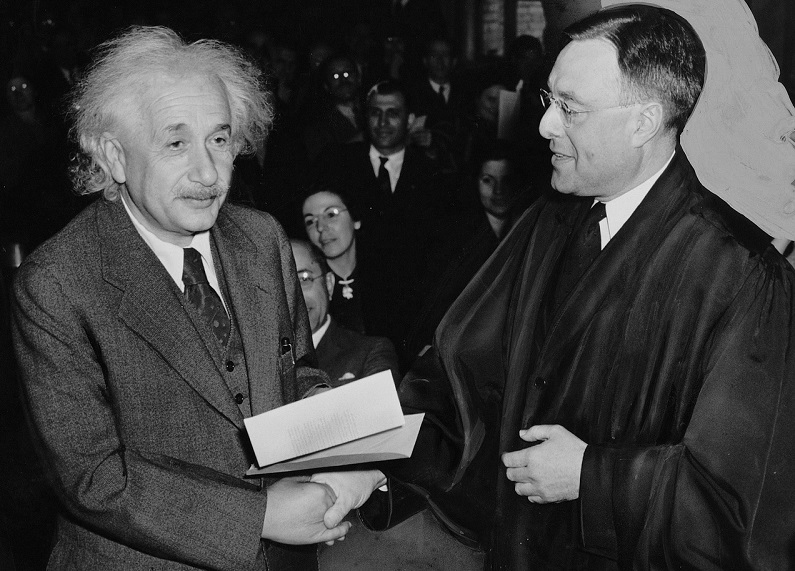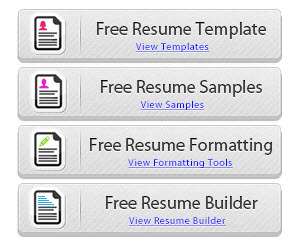
THE VERY NEAR FUTURE OF RESUMES
No matter where a resume is, Monster.com, Indeed.com, LinkedIn.com, it tells our prospective employers about retrospective experiences, education, skills, credentials, testimonials and we can elaborate about personal character and intentions though clever copy.
A former HR boss at Google Laszlo Bock claimed that resumes are terrible.
He added that at a certain time, his team received about 50,000 resumes all talking about past experiences but not mentioned anything about what they were capable of doing!
Resumes according to him, are therefore horribly flawed.
They make candidates twist their experiences and past lifestyle into corporate masked looks of their real self.
The Rise of AI and Machine Learning
Human resource experts spend very few seconds on a resume. In fact, tracking software has been developed to search for keywords, disqualifying (through keywords) candidates and thin the application pool.
For knowledge economy seekers: self-drive, creativity and leadership qualities set them apart. To get things right, corporate companies and SMEs are running experiments for new tools that can best determine the best candidate for the job. Future resumes, therefore, will be a well-documented piece of information that is more useful than the current one.
It could be an electronic block-chain technology like Bitcoin or Ethereum on a world wide web engine sorting from the enormous global human resources just to get the best. The process has already begun as employers data-mine employees from Facebook and other online repositories and persuades them to make an application.

Steve Goodman, a CEO of Restless Bandit confirms that we are shaping towards a place where candidates seek a job and a job seeks them too.
The Earliest Resumes
The earliest resume is believed to have been written by Leonardo Da Vinci.
The existing evidence is debatable but in the early 1480s, the Milan Duke received a letter from Leonardo Da Vinci seeking a job. The letter composed of achievements in developing weapons. From that time to the 20th century, they became a pattern and parcel of job application accompaniments. In the early 1920s, they entered business books as data sheets or profiles and were formatted with education, experience, skills and referee entries in them.
The word ‘RESUME‘ on the other hand is believed to have been first used in 1926 when an advertisement in the Lincoln Nebraska newspaper asked the applicant to send their resume containing previous business connections.
Curriculum Vitae (Latin for the course of life) was used by the UK and Ireland.
For the United States, a CV is often very long and academicians use it to list their publication history.
The change came in, in the mid-1950s when business correspondences separated personalities from the resume and write them as cover letters. The resume no longer was a persuasion item but has remained to be like lading-bill. Personal pronoun references disappeared and candidates started referring to themselves as the third person. Candidates no-longer say “I update and maintain databases” in their resume but instead say “Update and maintain databases“.
THE EMERGENCE OF COMPUTERS
The early 1990s is believed to be a golden resume age writing. Computers had taken the stage and anyone would format resumes easily through them. The Internet and mailing capabilities magnified the flexibility of reaching employers.
Employers have had to develop software that can filter the torrential applications received to a manageable size. There was a challenge with early ATS software that had a bug and couldn’t recognize PDF, Serif fonts or graphical charts elements. Many candidates were therefore left out and a lot of standardization has followed it since then. An interview with an ATS expert revealed that candidates that were lost by the software didn’t matter as long as systems retained the number they required by the employer. However, improvements were continuously being made on the software.
The software is currently affordable and easily accessible to almost all employers. Lucky is the candidate who uses the list number of keywords in their resumes.

PERSONALITY QUALITIES
Personal trait interviews have become a new normal in most organizations preventing the possibility of losing good candidates to circumstantial situations. Therefore earlier assessment may be done to reduce the number before engaging the ATS software. Johnson & Johnson is working on a system that can codify the best traits in its current employees and use the same in tapping upcoming candidates.
Two years ago, Unilever has ridiculously come out and claiming that there is no need for resumes.
It relies on a number of game-like assessments, video automation interviews and testing how candidates solve specific problems. Katie Ambrose claims that for Unilever all they measure is potential and not the past. They use of pymetrics a company formed in 2013 by Harvard and MIT students by testing 50 top performers to determine what sets of skills and best practices lets them thrive well at work.
ASSESSMENT FOR ALL
It may take decades before assessment giants come up with a unified assessment system. LinkedIn, for example, may lack modern ways of resume presentation and include a few bias fields in its online system, it has various approaches in combining what someone knows, strengths, where they have worked and they can use such valuable data to develop a robust system
A data matrix can be developed to pinpoint best-suited candidates.

ROBOTIC INTERVIEWS
Raj Mukherjee of Indeed job has an alternative approach to the problem. He has combined special abilities of job prospective employees and uses special software to interview them in preparation for prospective employers.
- Google HR Chief Bock again ridiculously points out that there will come a time in the future, resumes will vanish along with most job placement mechanisms.
- Billions of people on the planet who want a job will simply register in a software that understands them well without any need for resumes or even applications.
- Prospective employees and employers will be matched by sophisticated algorithms that have their full background information.
He foretells that it won’t take more than 1000 years and it will largely depend on trust build between employers.
Bock concludes by saying, the biggest challenge of all will be getting comfortable employees, happy in their current jobs to register themselves into the system. The very very best candidates don’t usually apply for a job because they are already doing very well wherever they are.
However, a database in which all job holders were registered, would yield the best results.

